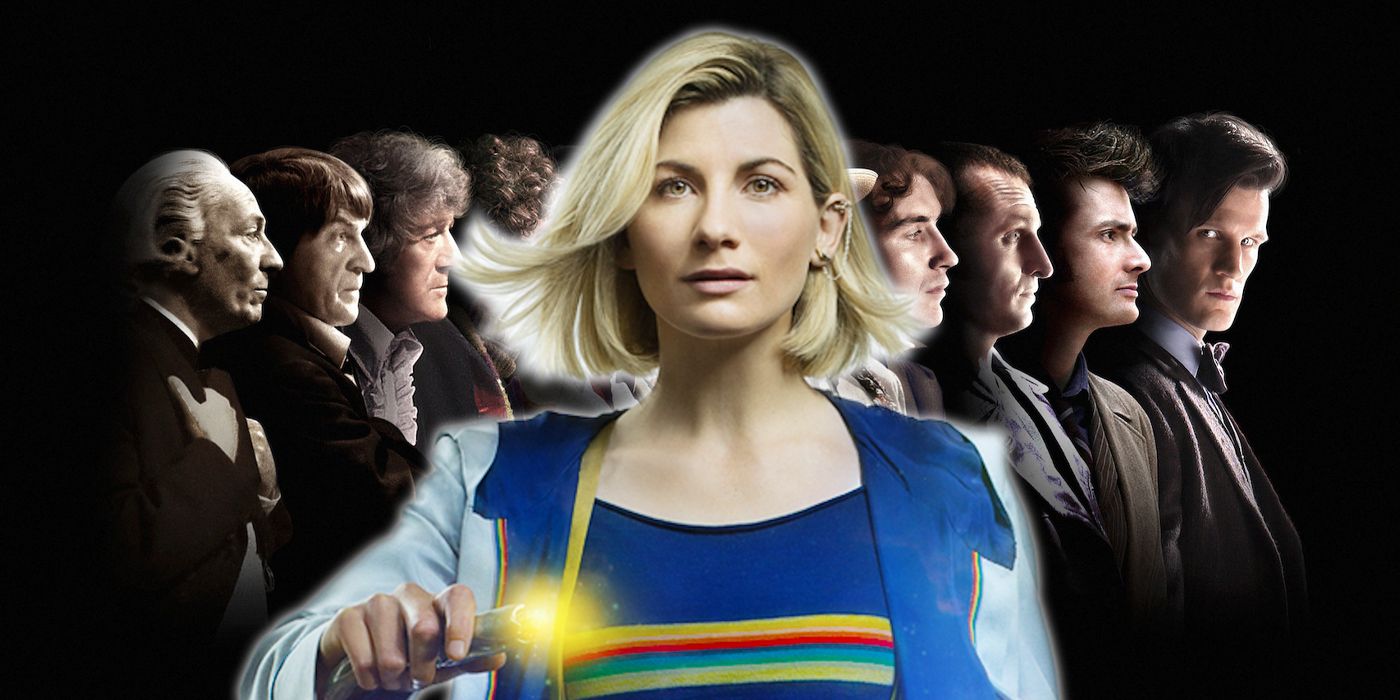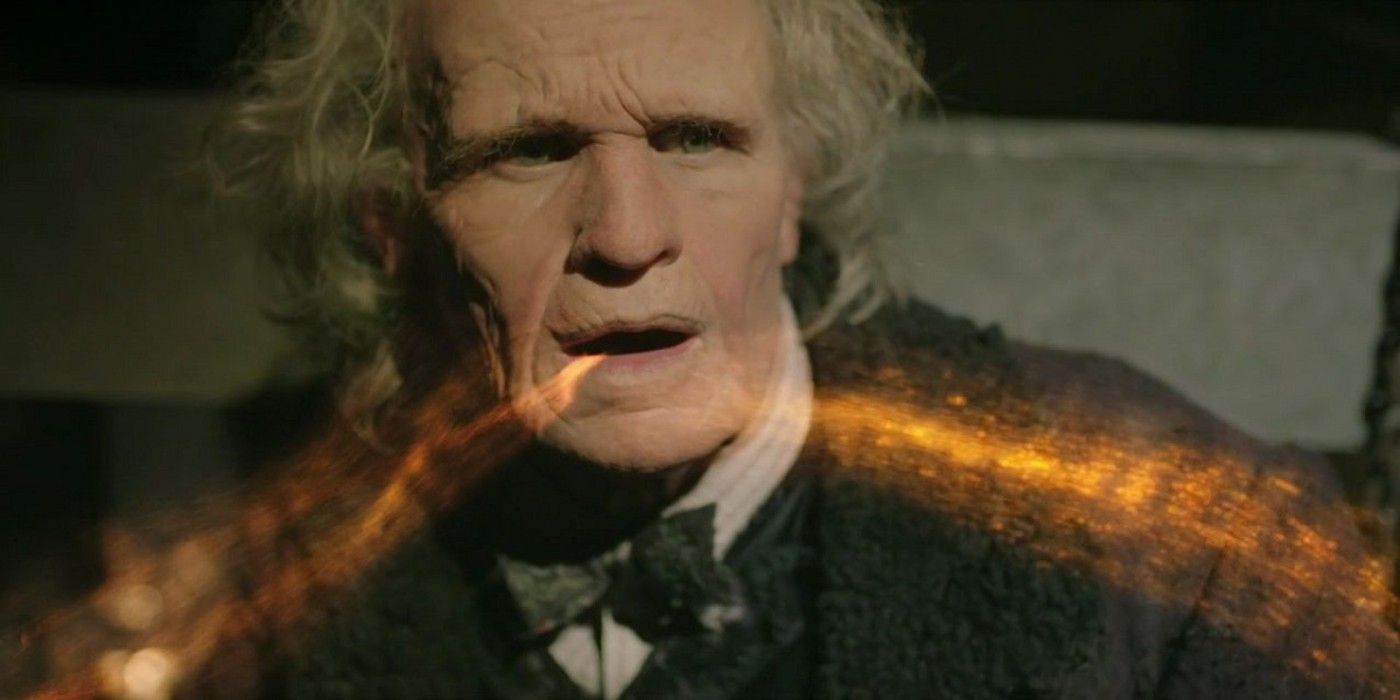Warning: The following contains SPOILERS for Doctor Who "The Timeless Children."
The season 12 finale of Doctor Who, "The Timeless Children," has removed one of the more cumbersome rules regarding the The Doctor's regeneration process and how many times she can be reborn into a new body. While the change was largely unneeded thanks to previous stories, it has still lifted a major burden from the character's backstory.
The concept of regeneration was introduced into Doctor Who's mythology when the first actor to play The Doctor, William Hartnell, was forced to step down due to ill health. Patrick Troughton replaced Hartnell in the final episode of "The Tenth Planet" storyline, with The Doctor seemingly changing into someone else after muttering "This old body of mine is wearing a bit thin." This was later confirmed as a special ability mastered by all members of The Doctor's race, the Time Lords. Since that time, whenever an actor exited the role, The Doctor would regenerate into a new form and a new incarnation of The Doctor would be born. The Doctor has gone through 14 incarnations over the course of the television series, including the current 13th Doctor (Jodi Whittaker) and an unnumbered War Doctor, who was introduced in the 50th Anniversary special "The Day of the Doctor."
The classic series established that Time Lords were limited to a total of 12 regenerations and 13 incarnations over the course of their lives in the episode "The Deadly Assassin." However, "The Timeless Children" changed this rule with the revelation that The Doctor was originally an alien orphan known as The Timeless Child. For reasons the Time Lords could not explain originally, the Timeless Child was unable to die and would regenerate into a new body whenever they were fatally injured. This led to the Time Lords experimenting on the Timeless Child, isolating the element that made them immortal and encoding it into the DNA of all future Time Lords, with a legally-imposed limit of 13 lives.
This would seem to be a brilliant idea that eliminates any worry of The Doctor ever hitting the limit on how many lives they can have. Unfortunately, this problem was already solved by former Doctor Who showrunner Steven Moffat in the final 11th Doctor story, "The Time of the Doctor." This story saw The Doctor spend the better part of a millennium guarding a rift in time and space leading to the Time Lord homeworld of Gallifrey, and being rewarded with a full set of regenerations. This codified the idea that the limit on regenerations was a legal one rather than a physical one, as previous stories had suggested that Time Lords could sign their regenerations over to other Time Lords and The Doctor's archenemy The Master had once been offered a full regeneration cycle as a reward by the Time Lord High Council.
Regardless of how necessary the change was, it would seem that Doctor Who has ensured that The Doctor will continue to exist for as long as BBC continues to produce the program. In eliminating the limit on how many times The Doctor can regenerate, Chris Chinball has opened up a universe of possibilities. It remains to be seen, however, if he will ever explain away some of the possibilities made possible by this change, such as the mystery of the existence of Ruth.


